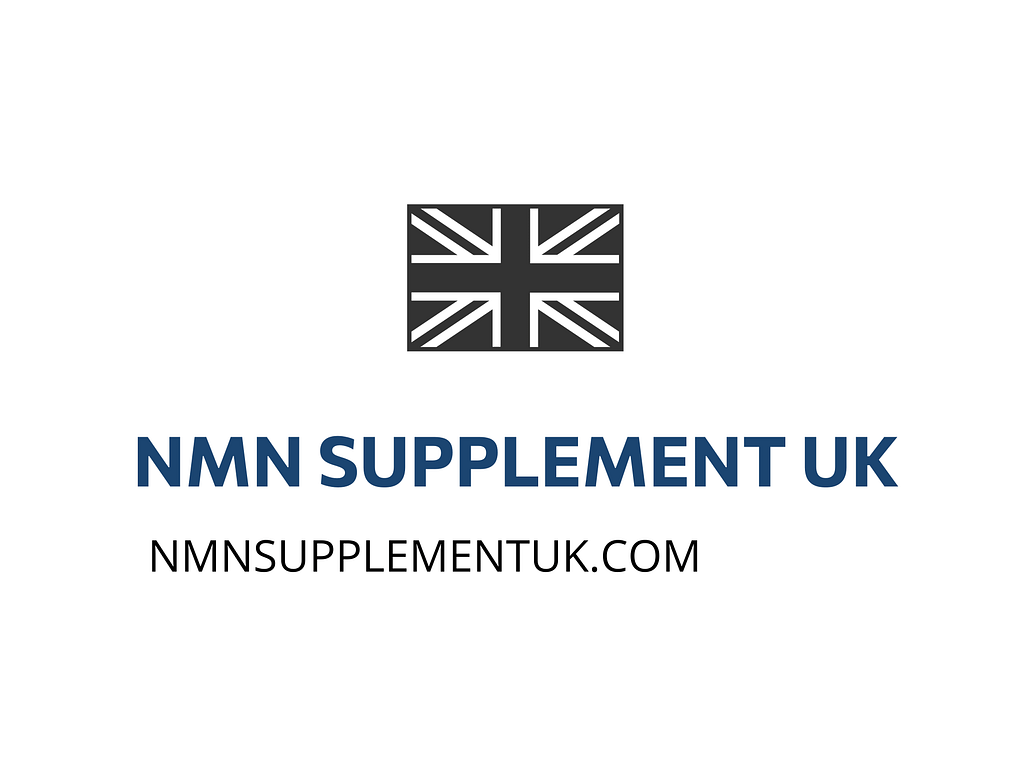NMN and Anti-Aging Science
The field of anti-aging science has witnessed significant advancements in recent years, with a growing focus on the role of NMN in promoting cellular health and longevity. As a key precursor to nicotinamide adenine dinucleotide (NAD+), NMN has been shown to play a crucial role in maintaining cellular energy metabolism, DNA repair, and mitochondrial function. In this article, we will delve into the current state of NMN research, its potential benefits for anti-aging, and the future directions of this rapidly evolving field.
Featured image: NMN molecular structure, alt text: NMN molecule visualization
One of the primary mechanisms by which NMN exerts its anti-aging effects is through the boosting of NAD+ levels. NAD+ is a coenzyme that plays a central role in cellular energy metabolism, and its decline with age has been implicated in the development of various age-related diseases. Studies have shown that NMN supplementation can increase NAD+ levels in mice, leading to improved glucose tolerance, enhanced mitochondrial function, and reduced oxidative stress. For example, a study published in the journal Cell Metabolism found that NMN supplementation improved insulin sensitivity and reduced inflammation in mice with diet-induced obesity.
In addition to its effects on NAD+ levels, NMN has also been shown to have a positive impact on cellular health and longevity. For instance, a study published in the journal Scientific Reports found that NMN supplementation increased the lifespan of mice by up to 20%. The study suggested that this effect was due to the ability of NMN to enhance the function of the hypothalamus, a region of the brain that plays a critical role in regulating aging and metabolism.
NMN has also been shown to have a beneficial impact on mitochondrial function, which is critical for maintaining cellular energy metabolism. A study published in the journal Mitochondria and Cell Signaling found that NMN supplementation improved mitochondrial function in mice with age-related mitochondrial dysfunction. The study suggested that this effect was due to the ability of NMN to increase the expression of genes involved in mitochondrial biogenesis and function.
For those looking to incorporate NMN into their health and wellness routine, it is essential to understand the importance of NMN supplementation and cellular health. This includes understanding the optimal dosage and timing of NMN supplementation, as well as the potential benefits and risks associated with its use. Additionally, it is crucial to consider the role of lifestyle interventions, such as diet and exercise, in promoting healthy aging and maximizing the benefits of NMN supplementation.
Content image: NMN and NAD+ interaction, alt text: NMN and NAD+ molecule interaction visualization
The future of NMN research is exciting and rapidly evolving. As our understanding of the role of NMN in anti-aging science continues to grow, we can expect to see the development of new and innovative therapeutic strategies for promoting healthy aging and preventing age-related diseases. For example, researchers are currently exploring the potential benefits of combining NMN supplementation with other anti-aging therapies, such as senolytic therapy. This approach has shown promise in preclinical studies, and may offer a new and effective way to promote healthy aging and prevent age-related diseases.
To learn more about the latest developments in NMN research and its potential applications in anti-aging science, please visit our page on the future of NMN research. This page provides an overview of the current state of NMN research, as well as the future directions of this rapidly evolving field.
In conclusion, NMN is a promising compound that has shown significant potential in promoting cellular health and longevity. Its ability to boost NAD+ levels, enhance mitochondrial function, and promote healthy aging makes it an exciting area of research in the field of anti-aging science. As our understanding of the role of NMN in anti-aging science continues to grow, we can expect to see the development of new and innovative therapeutic strategies for promoting healthy aging and preventing age-related diseases.
References:
– Cell Metabolism
– Scientific Reports
– Mitochondria and Cell Signaling
– Senolytic therapy
– What is NMN?
– NMN Supplementation and Cellular Health
– The Future of NMN Research






